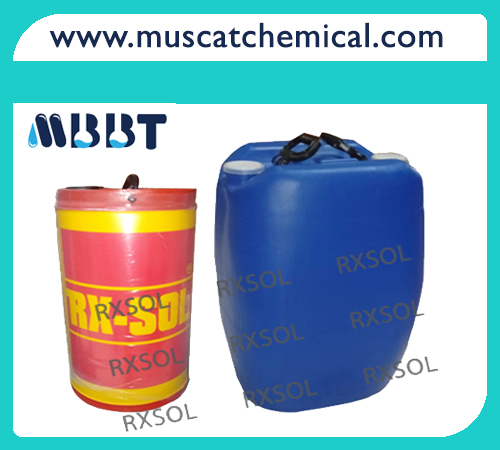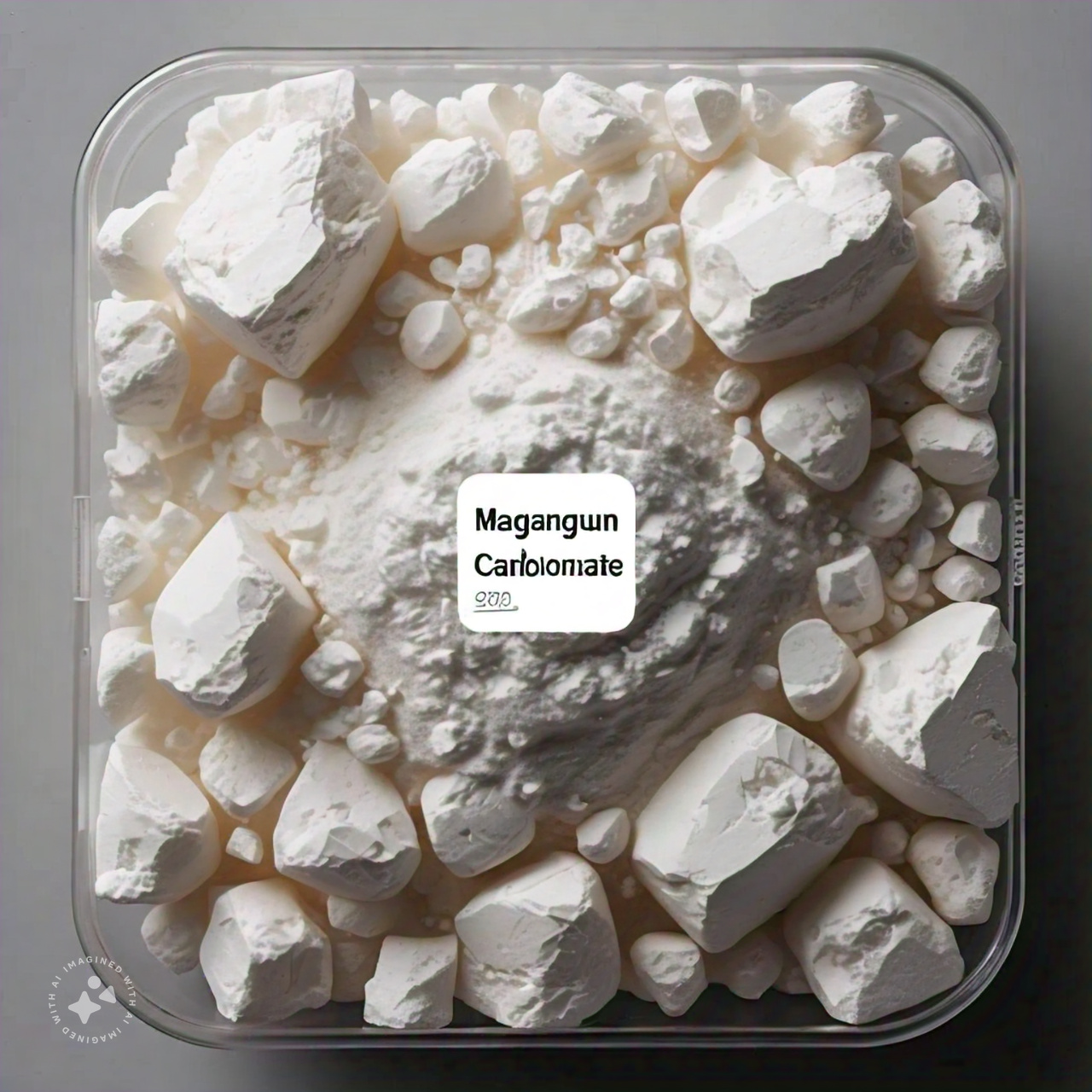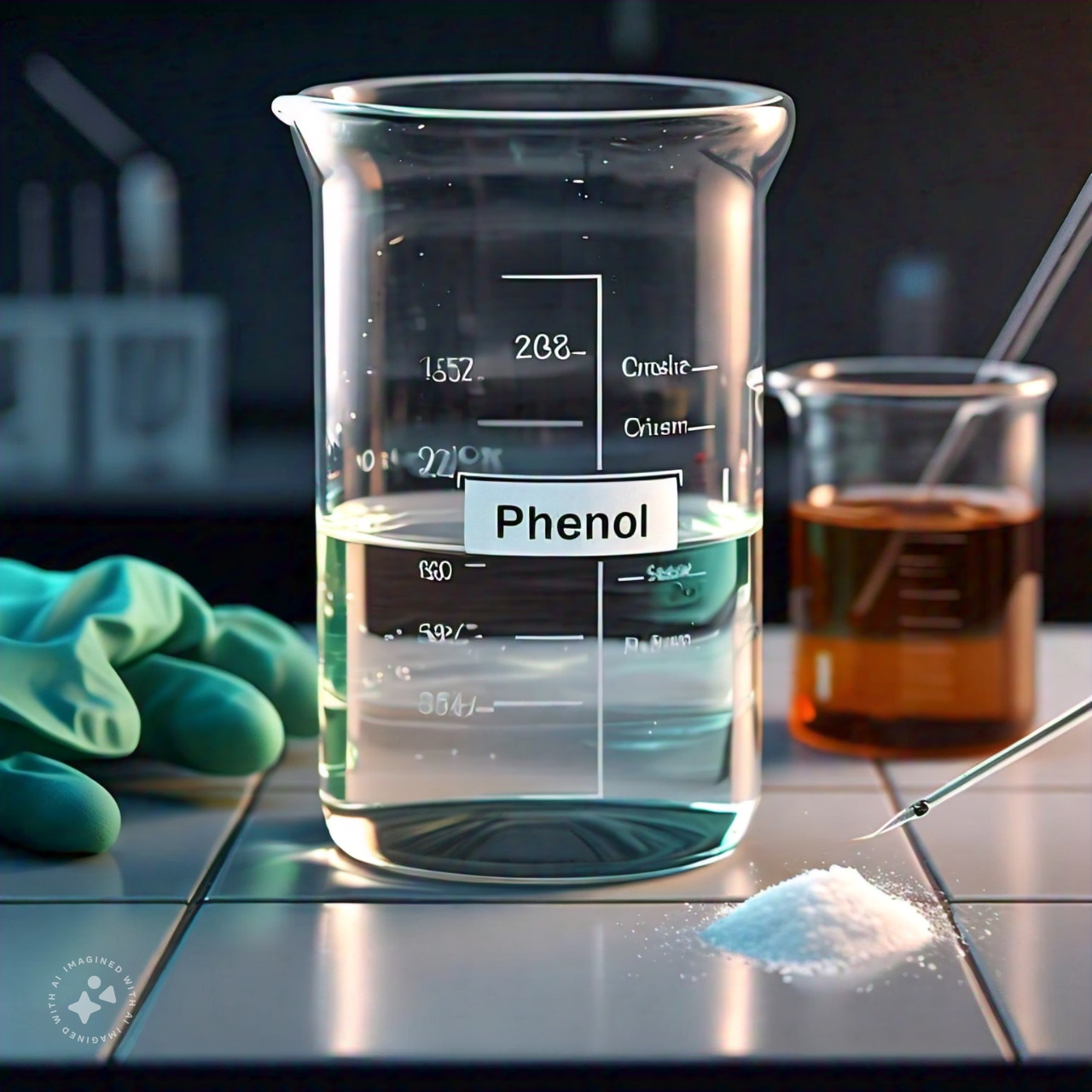Sodium Hypo Chlorite 20% manufacturer supplier distributor in Mumbai, Kandla, Kolkata, Vizag, Chennai, India, Fujairah, Dubai, Sharjah, UAE, Gulf, Middle East, Muscat Oman, Kenya Africa. Get the best quality of Sodium Hypo Chlorite 20% at a competitive price from us. We have ready stock of Sodium Hypo Chlorite 20% in India, UAE Gulf, Oman, Kenya Africa. Contact us for bulk as well as small orders.
MUSCAT CHEMICAL TAG::
A 12% solution is widely used in waterworks for the chlorination of water and a 15% solution is more commonly used for disinfection of waste water in treatment plants. High-test hypochlorite (HTH) is sold for chlorination of swimming pools and contains approximately 30% calcium hypochlorite. The crystalline salt is also sold for the same use; this salt usually contains less than 50% of calcium hypochlorite. However, the level of active chlorine may be much higher.
Chlorine Stabilization
Chlorine gas in water form HOCL which reacts with stabilizer and form N-Chloro-Sulphamic Acid to N-ChloroSufamic Acid more stable and yet has active chlorine,
Sodium Hypo Chlorite
Electrolysis Process ( Pure & Concentrated )
This is an improved version of this method, known as the Hooker process, In the process, sodium hypochlorite (NaClO) formed when chlorine is passed into cold and dilute sodium salt solution. It is prepared with minimal separation between the anode and the cathode .The solution must be kept below 40 °C (by cooling coils) to prevent the undesired formation of sodium chlorate and to keep chlorine concentration up to 15%.
Chloro Alkali process ( Chlorine value is less )
E. S. Smith patented a method of sodium hypochlorite production involving electrolysis of brine to produce sodium hydroxide and chlorine gas, which then mixed to form sodium hypochlorite. This is known as the chloralkali process. Both electric power and brine solution were in cheap supply at the time, and various enterprising marketers took advantage of the situation to satisfy the market's demand for sodium hypochlorite. Bottled solutions of sodium hypochlorite were sold under numerous trade names.
Bye Products
This is bye products of HEAVY / Metal industries. During treatment of main products, huge quantities of SOD. HYPO Chlorite produce, with mixture of many unwanted toxic impurities . This is completely waste of the plant , but sold by traders to satisfy market demands.
Note : Store in cool place
UN No : 1791
IMDG CLASS : 8
PACKING GROUP : III
ODOUR : IRRITATING , PUNGENT ODOUR
R31: Contact with acids liberates toxic gases
R34: Causes burns
S-PHRASES
S1/2: Keep locked up and out of the reach of children.
S28: After contact with skin, wash immediately with plenty of water
S45: In case of accident or if you feel unwell, seek medical advice (show the label where possible)
S50: Do not mix with acids
S50: Do not mix with reducing agents
X2: Restricted to professional users.Warning! Avoid exposure - obtain special instructions before use.
EMERGENCY AND FIRST AID PROCEDURES
EYE:
OBJECT IS TO FLUSH MATERIAL OUR IMMEDIATELY AND THEN SEEK MEDICAL ATTENTION IMMEDIATELY flush eyes with a directed stream of water at least 15 minutes while forcibly holding eye lids apart to ensure complete irrigation of all eye and lid tissue. Washing eyes within one (1) minute is essential to achieve maximum effectiveness. SEEK MEDICAL ATTENTION IMMEDIATELY.
SKIN:
SEEK MEDICAL ATTENTION IMMEDIAELY. Flush thoroughly with cold water under shower while removing contaminated clothing and shoes. CONTINUE TO FLUSH UNTIL MEDICAL ATTENTION ARRIVES. Discard non-rubber shoes. Wash clothing before reuse.
INIIALATION:
Remove to fresh air. If breathing is difficult, have trained person administer oxygen. If respiration stops, give mouth-to-mouth resuscitation. GET MEDICAL ATTENTION IMMEDIATELY.
INGESTION:
NEVER GIVE ANYTHING BY MOUTH TO AN UNCONSCIOUS PERSON. If swallowed, DO NOT INDUCE VOMITING. Give large quantities of milk or gelatin solution. If these are not available give large quantities of water. If vomiting occurs spontaneously, keep airway clear and give more milk, gelatin solution or water, GET MEDICAL ATTENTION IMMEDIATELY. Avoid vomiting, lavages or acidic antidotes. NOTE TO PHYSICIAN: Sodium Hypochlorite is an alkaline corrosive. For exposure by ingestion do not use emesis, lavages or acidic antidotes. Dilute immediately by giving milk, melted ice cream, beaten egg white, starch paste or antacids such as milk magnesia. Aluminum hydroxide gel or magnesium trisilicate gel. Avoid sodium bicarbonate because of carbon di-oxide release. Sodium thiosulphate solution may prove beneficial by reducing unreacted material
Other Related PRODUCTS LINKS :
Textile Hypo Bleach , SODIUM HYPO CHLORITE , Sod Hypo Chlorite conc activeCHLORINE , CHLORINE LIQUID , Calcium Hypo Chlorite Conc active Chlorine , Chlorine Tablet cyanurate , Chlorine Tablets Calcium Based , DYE REMOVER ORG DICHLOR , Dechlorination Soln De-Hypo
12.5% wt. SODIUM HYPOCHLORITE - EXTRA - PURE
| Parameters | Specification Range | Typical |
|
Sodium Hypochlorite as NaOCl (%wt) |
12.5 - 13.2 | 13.0 |
| Available Chlorine (%wt) | 11.9 - 12.6 | 12.4 |
| Available Chlorine (%vol) | 14.3 - 15.3 | 15.0 |
| Available Chlorine grams/liter | 143 - 153 | 150 |
| Excess Caustic (%wt) | 0.25 - 0.80 | 0.30 |
| Specific Gravity @ 60°F | 1.197 - 1.220 | 1.210 |
| pH | 12.0 - 13.0 | 12.50 |
| Iron (Fe) ppm | <0.5 | 0.05 |
| Nickel (Ni) ppm | <0.2 | 0.02 |
| Copper (Cu) ppm | <0.2 | 0.05 |
| Mercury (Hg) ppb | 0.001 - 0.003 | 0.002 |
| Sodium Chloride (NaCl)% | <15.0 | 12.5 |
Appearance: Clear greenish-yellow liquid miscible in any proportion with water.
This product meets the requirements of NSF standard 60 for drinking water.
-
Also used as a disinfectant and germicide , especially in the sterilization of water.
-
It is also used for making wool unshrinkable and in the manufactire of chloroform.
-
For the purpose of disinfection and bleaching , a weak soln. ( 1.2 % ) is used. For purifying water 0.02 to 0 .2 % volumetric is sufficientPotable Water Treatment
-
Aquatics and Pools
-
Odor Control/Corrosion Control
-
Food & Beverage Processing
-
Wastewater Treatment
-
Cooling Towers, Inland Power Stations & Industry
-
Irrigation Systems
-
Agriculture/Farming
HANDLING AND STORAGE PRECAUTIONS:
Do not store adjacent to chemicals that may react if spillage occurs. Comply with Oman regulations, when shipped. If closed containers become heated, vent to release decomposition products (mainly oxygen under normal decomposition). Do not mix or contaminate with ammonia, hydrocarbons, acids, alcohol or ethers.
DO NOT REUSE CONTAINERS: Product residues may remain in containers. All labeled precautions MUST be observed. Dispose of container in a manner meeting government regulations.
PRODUCT DISPOSAL: Product should be completely removed from containers. Material that cannot be used or chemically reprocessed should be disposed of, in a manner meeting government regulations.
A weak soln. ( 1.2 % ) is used. For purifying water
0.02 to 0 .2 % volumetric is sufficient for Potable Water Treatment
SODIUM HYPOCHLORITE
ACTIVE INGREDIENT:
Sodium Hypochlorite as Chlorine : 15%
Sodium Hydroxide : 1%
INERT INGREDIENTS: : 84%
Total 100%
General formulation to calculate how much bleach is needed to add to a tank or a pipeline to disinfect it to a given chlorine residual using a given disinfectant. Usually someone wants to know how to meet an AWWA Standard (like C651-92, Disinfection of Water Mains). The equation below should be used to estimate the amount of sodium / Calcium hypochlorite (Chlorine Water is 6.00% sodium hypochlorite) needed to disinfect a given quantity of water to a desired chlorine concentration.
|
req'd residual in ppm |
For example , say you had installed a new 5,000 gallon tank and wanted to make sure that you had at least a 100 ppm solution of chlorine in it.
How much 6.00% Hypochlorite would you need to add ?
- (5,000 gal x 100 ppm) / (1,000,000 x .06) = 8.33 gallons
How much 12% Hypochlorite solution would you need ?
- (5,000 gal x 100 ppm) / (1,000,000 x .12) = 4.17 gallons
If you use calcium hypochlorite (the white, powder version of chlorine, like HTH pool cleaner), the equation becomes:
|
req'd residual in PPM |
- This is simply the previous equation multiplied by the conversion factor of 8.33 pounds per gallon of water.
Let's assume that we still need to disinfect 5,000 gallons at 100 ppm.
How many pounds of 65% calcium hypochlorite (HTH pool cleaner) are needed?
- (8.33 lbs/ gal. x 5,000 gal x 100 ppm) / (1,000,000 x .65) = 6.4 pounds






